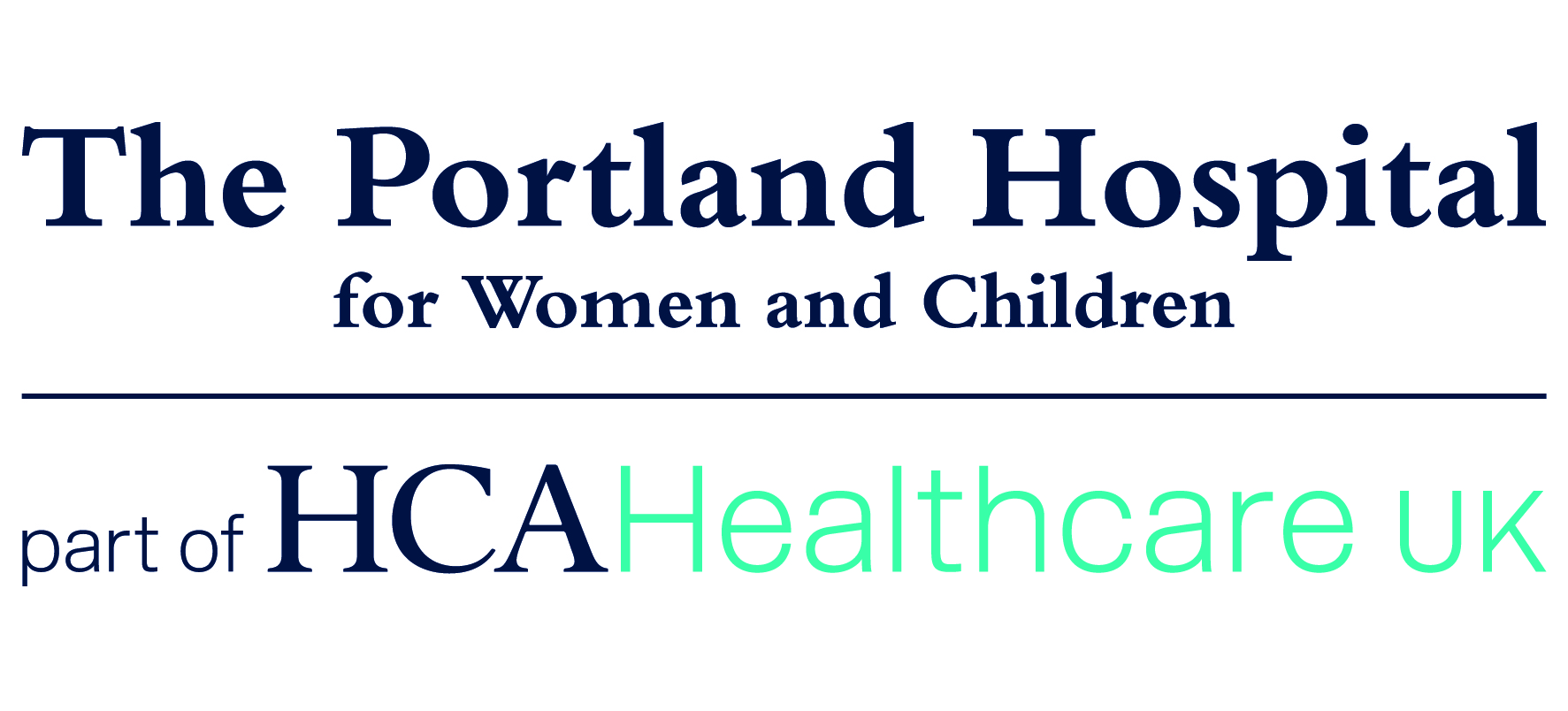Without a good latch, your baby won’t feed easily, and you might get very sore nipples or have other problems. This is one of the main reasons that leads to new mums giving up breastfeeding.
The good news is that as soon as you and your baby have learned to attach properly breastfeeding will become easy and comfortable. The more help you get upfront, the quicker this will happen.
If your baby has e.g., a severe tongue tie, which is interfering with her ability to latch on properly she can be referred to tongue tie clinic have the tongue tie divided quickly.
1) Your baby needs a big mouthful of breast and actually, the nipple ends up right at the back of your baby’s mouth
2) Your nipple needs to be on your baby’s soft palate. So if you take your tongue and move it backwards along the roof of your mouth. Right at the very back, you’ll find a soft squishy bit. So if you can imagine that part of your baby’s mouth – that is where the nipple goes, and the rest of the baby’s mouth is full of breast.
3) Learn how to hold your baby to improve attachment
1. No pain. If your baby is attached well, breastfeeding shouldn’t hurt. You might feel discomfort for the first few seconds as your nipple moves to the soft cushion (your baby’s soft palate) but once there it shouldn’t hurt or pinch. So people might say ‘count to ten’ but certainly, after ten seconds it shouldn’t hurt at all.
2. When you look down you will see that your baby has a really big mouthful of breast.
3. Your baby’s chin will really be closely pressed into the breast and his bottom lip will actually be turned out (but you mightn’t be able to see this looking down at him).
4. As your baby feeds you will see really nice big puffy cheeks.
5. Your baby should have a nice steady sucking rhythm.
Don’t worry about your baby’s nose being pressed against your breast. If your baby can’t breathe he will just pull himself back – so for this reason, you should never hold his head tightly into your breast, since he needs to be free to pull away if they need to.
Sore or cracked nipples are incredibly painful and occur most commonly in the first week of breastfeeding after your milk has come in (days 3-7). Along with correcting the underlying cause of sore nipples you will want to soothe the symptoms of sore nipples.
Some mums like to dab a bit of breastmilk across the nipple to keep it moist after a feed, though there is little research to show this helps healing. Another form of ‘moist wound healing’ that many mums report it soothing is to use a medical grade lanolin to keep any cracks moist and prevent painful scabs forming. It can also be used as an excellent lip salve after your nipples have recovered.
If your nipples are really sore you may find wearing any clothing on them to be too sore. Again some mums put a breast shell inside their bra when they are out and about to keep any clothing from rubbing on the nipple and then when at home they may even take off their nursing bra.
Make sure any wounds are looked after and speak to your midwife, health visitor or doctor if you are concerned.
Many women turn to nipple shields in desperation. Nipple shields will not help to improve a baby’s underlying latch. If you are using them get expert help from a breastfeeding clinic or certified lactation consultant so urgently work towards improving attachment. This will allow you to work towards breastfeeding without a nipple shield in order to protect your milk supply and get to a place where your baby has attached well at the breast. This will allow sore nipples to recover very quickly.
For a list of useful contact details for The Portland Hospital, please click HERE.
